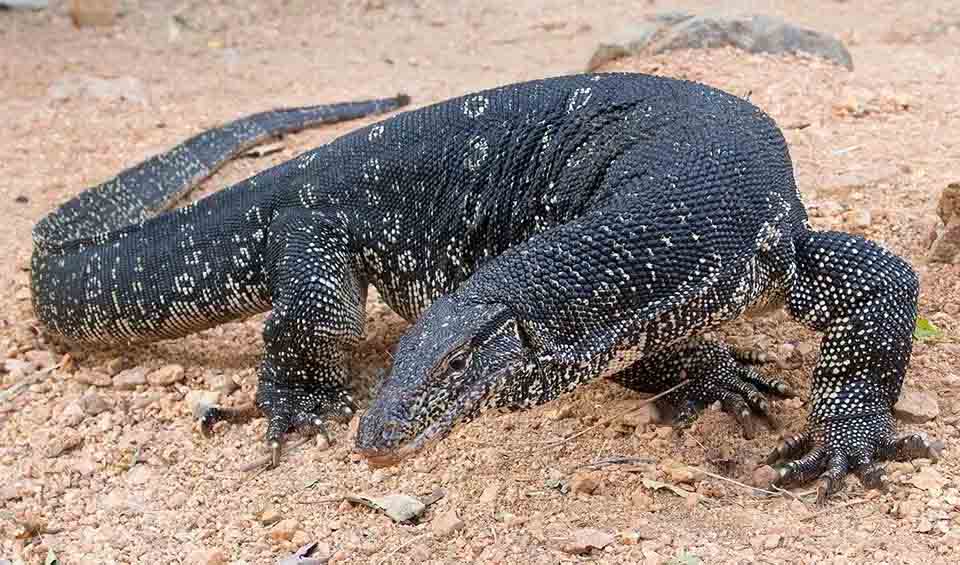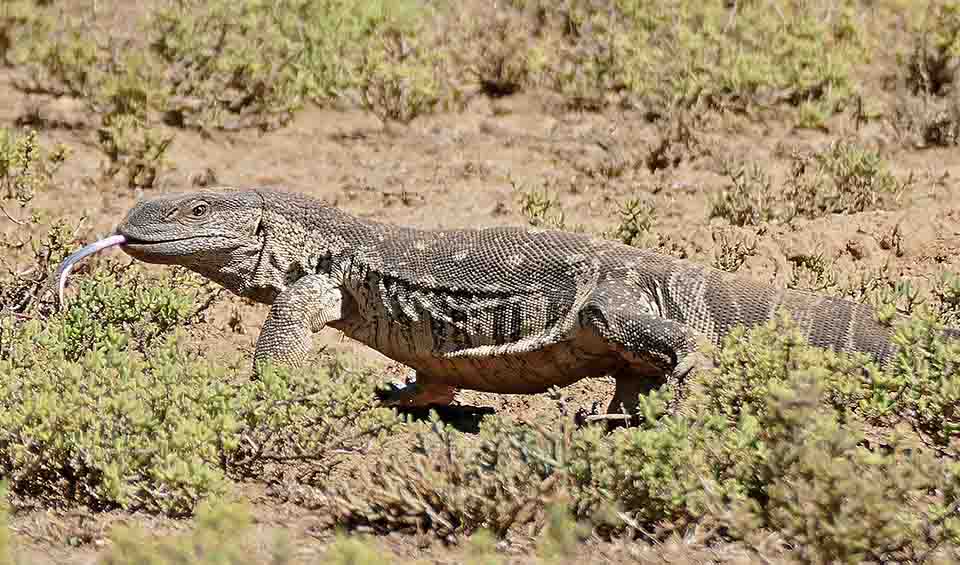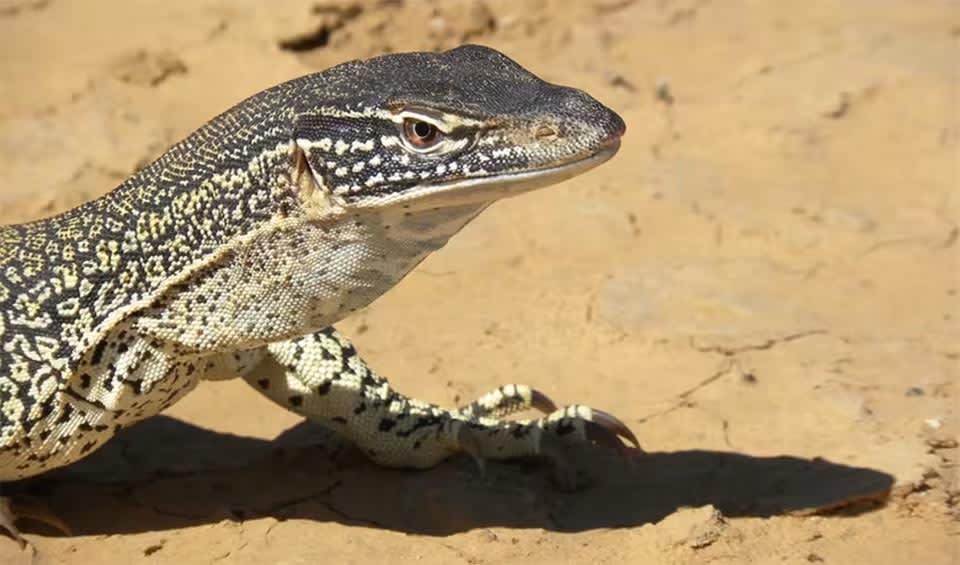Varanus – Monitor lizards
Large lizards including the infamous Komodo dragon
Most monitors share standard anatomical features, including elongated heads, robust bodies, and muscular tails, which serve various functions in locomotion, defense, and communication. Their forked, snake-like tongues enable monitors to gather olfactory information from their surroundings, facilitating the detection of prey and potential threats.
Geographically, monitor lizards boast a widespread distribution, with populations occurring on islands in the southwest Pacific, throughout southern and southeastern Asia, across Australia, and in parts of Africa south of the Sahara. This broad distribution reflects their adaptability to a range of ecosystems, from tropical rainforests to arid savannas, where they play crucial roles as apex predators, controlling prey populations and influencing ecosystem dynamics.
Despite their impressive physical attributes and ecological significance, monitor lizards are often characterized by aggressive behavior and defensive tactics. When threatened, monitors can exhibit defensive behaviors, including striking out with their tails, which are powerful appendages capable of delivering painful blows to potential predators or perceived threats. Unlike some lizard species that can regenerate lost appendages, monitors do not possess this ability, making the loss of their tail a significant disadvantage.
Moreover, monitors are renowned for their energetic nature, displaying agility and speed in pursuit of prey or during territorial disputes with conspecifics. Their keen senses and opportunistic feeding habits contribute to their success as predators, with diets consisting of a variety of prey items, including insects, small mammals, birds, and even carrion.
Species in this genus
Marbled water monitor
Known to raid chicken coops in rural areas, leading some locals to call them “bayawak”
Bengal monitor
Need to escape? No problem! They can dive into water and swim powerfully using their tail like a paddle
Komodo dragon
Solar powered largest living dragons
Asian water monitor
They can be found basking in the sun with their fellow monitors, sharing warmth and companionship
Desert monitor
Known for their impressive stamina and can travel long distances in search of food and water
Nile monitor
Can deliver a painful bite, tail lashes, and fierce scratches — definitely a reptile to respect!
Rock monitor
One of Africa’s largest and most powerful lizards
Sand goanna
A strikingly banded, muscular predator reigning over the Australian desert









